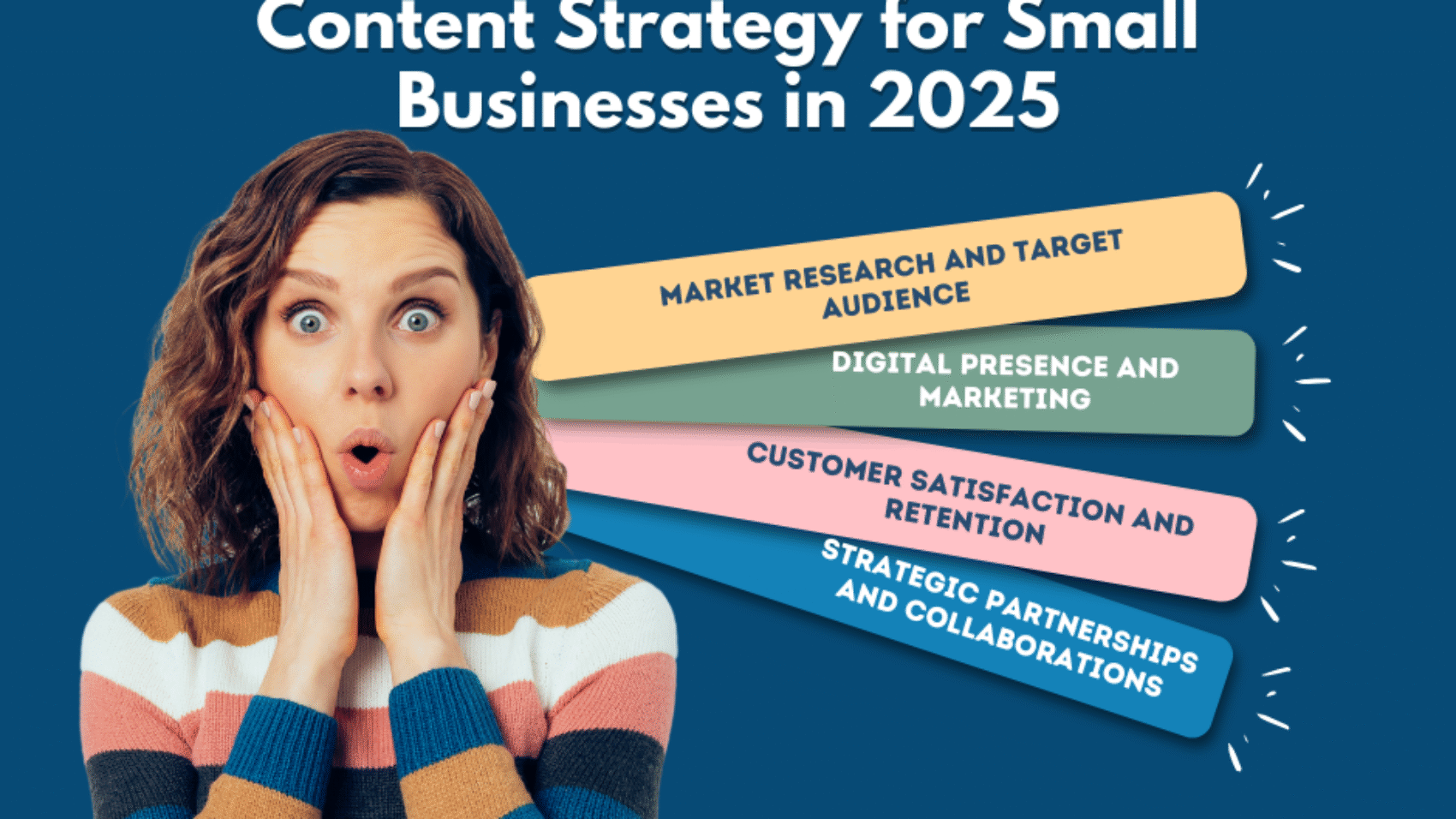Since digital trends, short-form videos and AI gained popularity, one might assume that blogging is no longer popular. While there may be new marketing approaches, blogging will still be the most important strategy for building a strong brand, getting organic website traffic and bonding with readers in 2025. Find out why the classic format remains popular and how your business can use it to the fullest.
1. Unmatched SEO Value
Blogging is a foundational element of any successful SEO strategy. Search engines like Google favor fresh, relevant, and in-depth content when determining rankings. Each blog post represents a new opportunity to target valuable keywords, answer search queries, and earn backlinks—all of which help increase your website’s visibility in search results.
For small businesses, especially those in competitive local markets, ranking organically can save thousands in advertising costs.
2. Establishes Authority and Trust
Customers are more likely to buy from brands they trust. Blogging allows small businesses to showcase their expertise, share insights, and educate their audience. When you consistently publish high-quality content that solves problems or answers questions, your brand becomes a go-to resource in its niche.
Whether it’s “how-to” guides, FAQs, or opinion pieces, your blog can position you as an industry leader.
3. Drives Long-Term ROI
Unlike ads that stop delivering results when you stop paying for them, a well-written blog post continues to drive traffic and leads for months or even years after it’s published. Evergreen content—content that remains relevant over time—is especially valuable for long-term ROI.
One high-performing blog post can:
- Attract new visitors daily
- Convert leads over time
- Support your sales funnel
4. Supports Multi-Channel Marketing
Blog content doesn’t live in isolation. It fuels your entire content marketing ecosystem. Blog posts can be repurposed into:
- Social media posts
- Email newsletters
- Video scripts
- Infographics
This makes blogging a cost-effective engine that powers other marketing channels.
5. Engages and Educates Your Audience
Small businesses thrive on strong relationships with their customers. Blogs provide a space to address pain points, highlight success stories, and even share behind-the-scenes insights. In 2025, authenticity and transparency are more valued than ever.
Your blog can act as a direct line to your audience, encouraging comments, shares, and community-building.
6. Adapts Easily to AI and Automation
While AI tools have changed how content is created, blogging remains adaptable. Small businesses can now use AI for:
- Topic generation
- Content outlines
- Keyword research
This enhances productivity while maintaining a human touch—something that still resonates strongly with readers.
Final Thoughts
For small businesses in 2025, blogging is not a relic of the past—it’s a strategic asset. It combines the benefits of visibility, authority, engagement, and long-term growth like no other content format.
If you’re not blogging yet, now is the time to start. And if you are, refine your strategy to ensure each post serves your broader business goals.
At ScopeHoo, we help small businesses craft compelling blogs that get noticed—and get results.
Ready to turn your blog into your most powerful marketing tool? Contact ScopeHoo today and let’s build your content empire, one post at a time.




